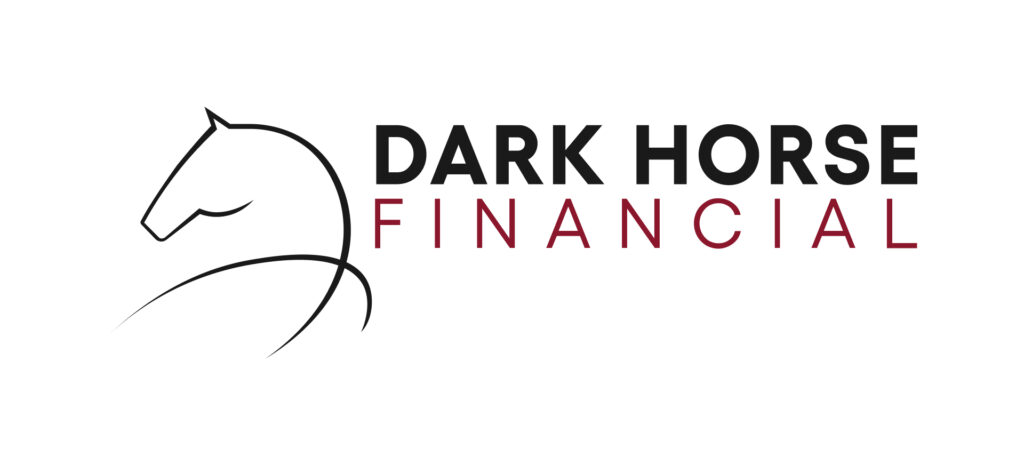Key Takeaways
- Tax debt loans offer immediate relief for ATO obligations
- Options range from $10,000 to $50 million
- Solutions available for start-ups, established businesses, and those with bad credit
- Loans can cover GST, PAYG, and Superannuation debts
- Benefits include avoiding penalties and protecting credit ratings
- Dark Horse Financial specialises in tailored tax debt loan solutions
Are you struggling with tax debt in Australia? You’re not alone. Many individuals and businesses face challenges when it comes to meeting their tax obligations. Fortunately, tax debt loans offer a lifeline for those seeking to manage their financial responsibilities to the Australian Taxation Office (ATO). In this comprehensive guide, we’ll explore the world of loans for tax debt, providing you with valuable insights and practical solutions to overcome your tax burden.

Understanding Tax Debt in Australia
Before diving into loan solutions, it’s crucial to understand what tax debt entails. Tax debt occurs when individuals or businesses owe money to the ATO for various obligations, including:
- Goods and Services Tax (GST)
- Pay As You Go (PAYG) withholding
- Superannuation guarantee charges
When tax debt accumulates, it can lead to severe consequences, including penalties, interest charges, and potential legal action from the ATO. This is where tax debt loans come into play, offering a way to manage these obligations effectively.
The Benefits of Tax Debt Loans
Tax debt loans provide numerous advantages for those struggling with ATO obligations:
- Immediate financial relief: Loans allow you to pay off your tax debt quickly, avoiding further penalties and interest.
- Flexible repayment options: Many lenders offer tailored repayment plans to suit your financial situation.
- Protecting your credit file: By addressing your tax debt promptly, you can avoid negative impacts like the ATO lodging a default on your credit file.
- Avoidance of ATO enforcement action: Paying your debt can help you avoid measures like garnishee notices or director penalty notices (DPNs) and you may be eligible for a partial ATO debt forgiveness.
- Stress reduction: Resolving your tax debt can alleviate the mental burden of owing money to the ATO.

Types of Tax Debt Loans
Dark Horse Financial offers a range of tax debt loan solutions designed to be flexible enough to work with your circumstances:
- Unsecured Loans: These loans don’t require collateral and are ideal for those needing quick access to funds. Unsecured loanscan range in value from $10,000 to $4,000,000, with same-day lending options for urgent situations.
- Secured Loans: By using assets as collateral, you may access lower interest rates and more favourable terms.
- Interest-Only Loans: These options allow you to manage cash flow by paying only the interest for a specified period.
- Equipment Finance: Leverage your unencumbered plant and equipment to raise capital with an equipment financesolution to pay out tax debt.
- Overdraft Facilities: Access a line of creditto manage tax obligations and other business expenses flexibly. You can even access an unsecured overdraft if you don’t wish to use property security.
- Private Lending: Borrow against property equity with more flexible terms than traditional bank loans. Private loans, including first and second mortgages, do not credit score borrowers through the application process so they’re perfect for those with bad credit or are seeking a low-doc application.
Eligibility and Application Process
Tax debt loans are available for both start-ups and established businesses, even those with less-than-perfect credit histories. The application process will vary depending on your solution:
- Initial consultation: Discuss your situation with an expert at Dark Horse Financial who will recommend a solution based on your circumstances.
- Documentation: Provide necessary financial information which could be either a no-doc applicationor a full document solution.
- Loan assessment: The lender evaluates your application.
- Approval and funding: Once approved, funds are disbursed to pay off your tax debt.

Case Study: $600,000 Raised to Pay Out Tax Debt Consolidation
To illustrate the effectiveness of tax debt loans, here’s a case study of a solution we provided a civil construction firm to help pay out their tax debt:
A client approached Dark Horse Financial with a significant ATO debt. The ATO had refused a payment plan unless half the business owner’s debt was paid upfront. The client also had two existing high-interest loans, limiting their capacity for additional borrowing.
Dark Horse Financial’s solution:
- Proposed a $600,000 debt consolidation loan
- Utilised equity in the client’s equipment and home as security
- Paid out the entire ATO debt
- Retired the two existing high-interest loans

The outcome? Our very happy client resolved their ATO debt issue and improved their monthly cash flow by several thousand dollars.
Tips for Managing Tax Debt
While tax debt loans offer significant relief, it’s essential to implement strategies to avoid future tax debt:
- Communicate with the ATO: If you’re struggling to pay your tax debt, the Australian Taxation Office (ATO) encourages businesses to communicate early. Contact the ATO to discuss your situation and explore possible payment arrangements.
- Utilise ATO Payment Plans: The ATO offers payment plans that allow businesses to pay off their tax debt in instalments. You can set up a payment plan online through your myGov account linked to the ATO, or by contacting the ATO directly.
- Seek Professional Advice: Engage with a registered tax agent or accountant who can provide tailored advice on managing your tax debt. They can help you understand your options and negotiate with the ATO on your behalf. Dark Horse Financial can refer you to an accountant. Contact us if you require an introduction.
- Review and Adjust Business Finances: Conduct a thorough review of your business finances to identify areas where you can cut costs or improve cash flow. This might involve adjusting your budget, renegotiating terms with suppliers, or finding new revenue streams.
- Consider ATO’s Debt Relief Options: In some cases, the ATO may offer debt relief options such as interest-free periods or remission of penalties. Explore these options if you’re facing genuine financial hardship.
- Lodge All Tax Returns and Statements: Ensure all your tax returns and activity statements are up to date, even if you can’t pay the full amount owed. This demonstrates your willingness to comply with tax obligations and can help in negotiating with the ATO.
- Prioritise Tax Obligations: Make paying your tax obligations a priority in your financial planning. Set aside a portion of your revenue regularly to cover tax liabilities and avoid accumulating debt.
- Utilise Business Grants and Support: Look for government grants and support programs that can provide financial relief or assist with cash flow management. The Australian Government offers various programs that might be beneficial.
- Consider Restructuring or Refinancing: If your business is under significant financial strain, consider restructuring your business operations or refinancing existing debt to improve your financial position. Contact us if you require an introduction to a specialist in this area.
- Plan for Future Tax Obligations: Develop a comprehensive tax strategy to plan for future tax obligations. This may include setting aside funds for taxes in advance, maintaining accurate financial records, and regularly reviewing your tax position with a professional.
Taking Control of Your Tax Debt
Tax debt can be overwhelming, but it doesn’t have to define your financial future. With the right tax debt loan solution, you can regain control of your finances and focus on growing your business or improving your personal financial situation.
Dark Horse Financial specialises in tailored tax debt loans, offering solutions ranging from $10,000 to $50 million. Whether you’re a start-up, an established business, or an individual with bad credit, there are options available to help you manage your tax obligations effectively.
For more information on tax debt solutions in Australia or to start your journey towards tax debt relief, contact Dark Horse Financial today. Our team of experts is ready to help you find the perfect tax debt loan to suit your unique needs.





